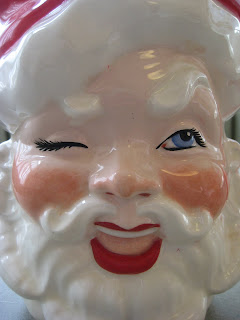 'Twas the night before New Year's,
'Twas the night before New Year's,And all through the day,
Not a creature was stirring,
Certainly NOT Tallulah Mae.
 The dog was all nestled (um, sprawled),
The dog was all nestled (um, sprawled),Quite snug on our bed,
While visions of [food/biscuits/coffee]
Danced in her head.
 We've reached the last evening
We've reached the last eveningOf Two thousand and ten,
And I have but one thing to say:
"Happy New Year to all, my dear bloggy friends,
and Merry Tallulah-Palooza Friday!"
(with apologies to Clement C. Moore!)





















































